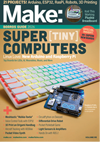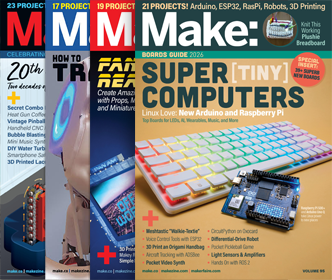The state of DIY biology
Amateur biotech is starting to heat up — witness Biocurious, the new biology-focused hackerspace. DIY bio enthusiast Cathal Garvey analyzes the state of affairs: DIYbio and its more professionally oriented cousin, Garage Biotech, are undergoing a revolution at present. Essential equipment that used to cost thousands is now available at affordable prices, in many cases […]









